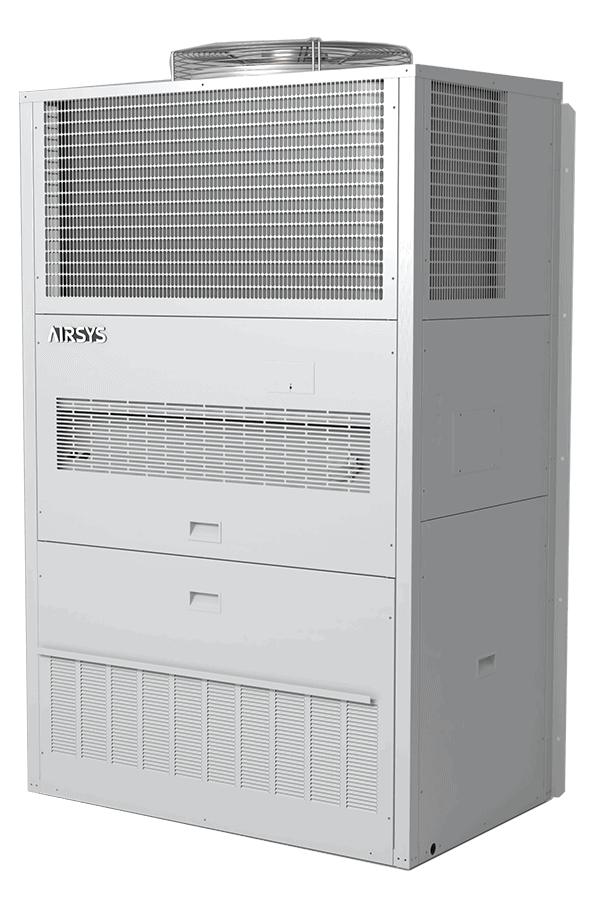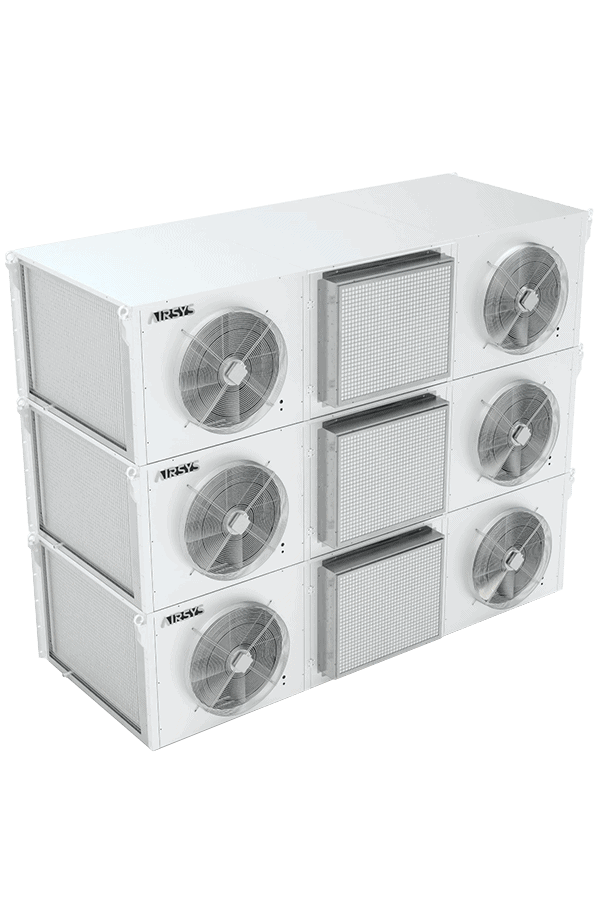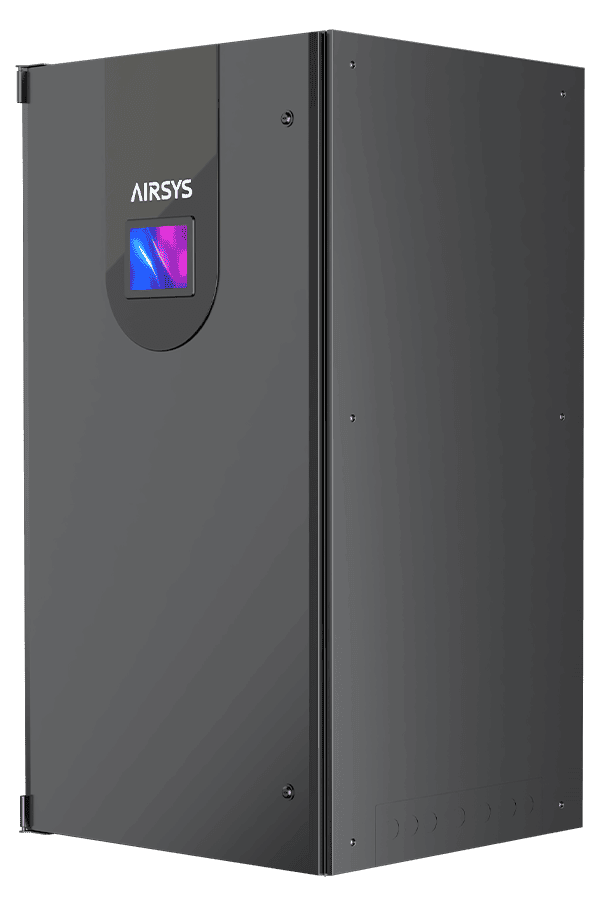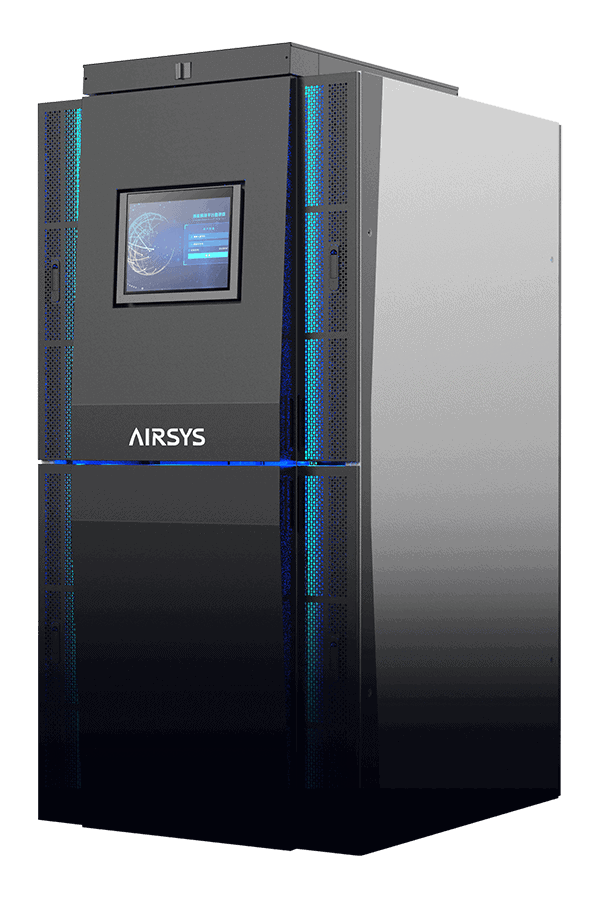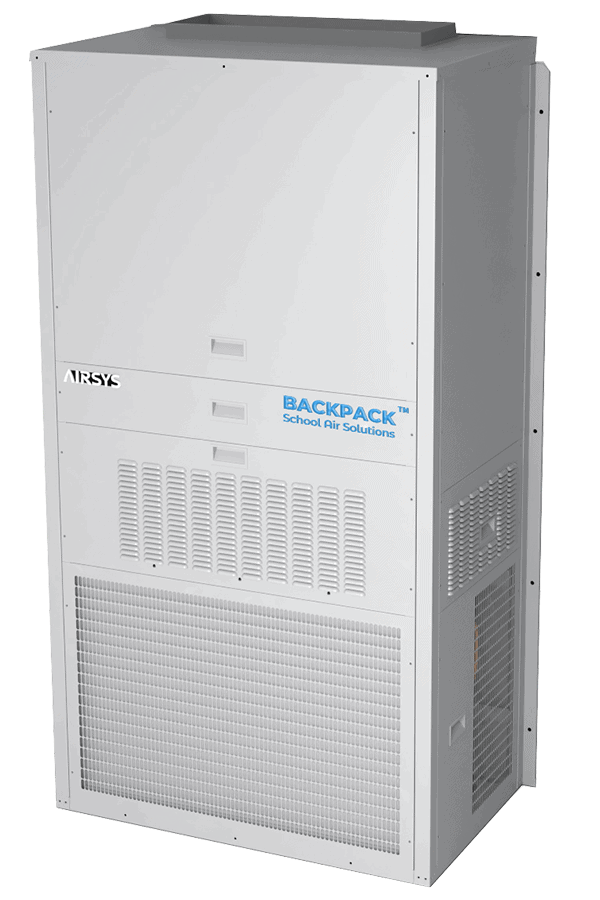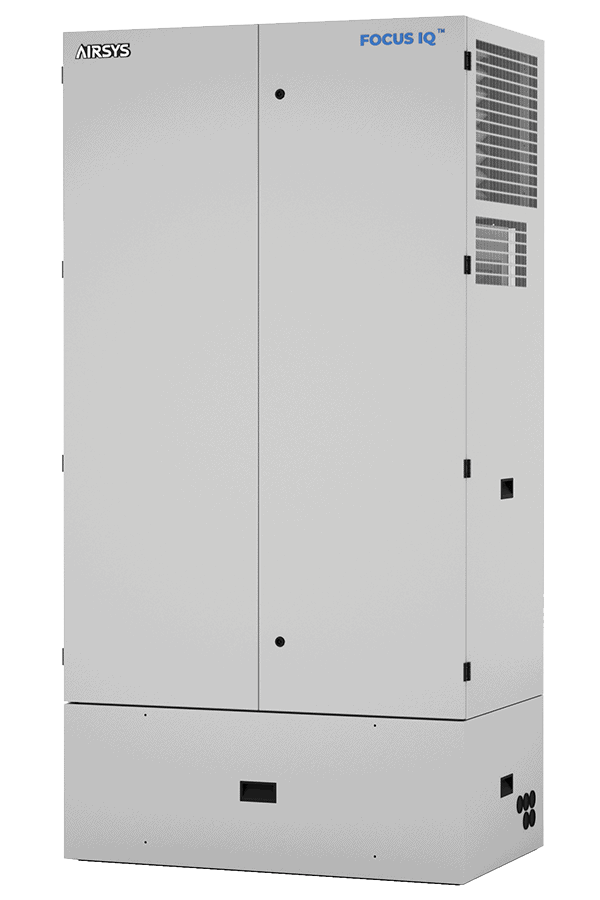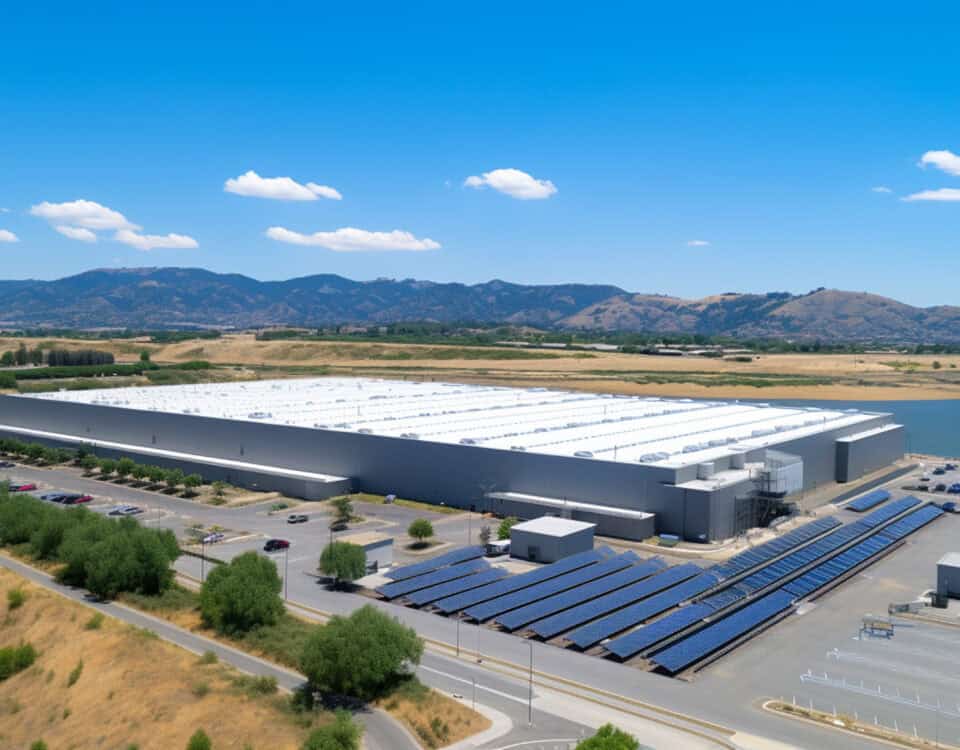
Cutting Edge Access: How Edge Data Centers Power America
June 3, 2025
Data Center Energy Efficiency: Which Metrics Matter Most?
July 3, 2025Can you remember going on a road trip 15 years ago? Or how you got around your hometown? Chances are, you used a paper map. At the time, it was the only way to navigate unfamiliar areas. But as cities grew, routes developed, and technologies we couldn’t have imagined back then emerged, paper maps could no longer meet the need. Static maps couldn’t keep up with infrastructure expansion, let alone provide real-time traffic updates or recommend the best routes. And so, gradually, paper maps faded from our lives.
That’s the same trajectory data centers face when they rely on a single, static cooling technology. As infrastructure and power demands continue to evolve, your cooling system may fall behind until it’s no longer viable.
What can you do to avoid that? The answer lies in diversification.
The Single-Technology Trap: Lessons from Liquid Cooling
Liquid cooling has become the buzzword in the data center industry, and for good reason. It offers high thermal efficiency and can handle the demands of modern workloads powered by advanced CPUs and GPUs. It also reduces energy use, lowers Power Usage Effectiveness (PUE), cuts water consumption, and supports quieter, more compact infrastructure. For many operators, it’s a compelling and reliable solution.
But is betting everything on liquid cooling really the right move for your data center?
The technology is undeniably effective, with adoption rates climbing across the industry. However, like the once-essential paper maps, putting all your eggs in one basket carries inherent risks. As data processing demands continue their unstoppable surge, they drive fundamental changes in data center design and hardware requirements. And the truth is, no one can say with certainty whether liquid cooling will remain sufficient or compatible with what’s coming next.
The bottom line is that when you invest exclusively in one cooling system — even if it’s today’s best-in-class solution — you’re essentially betting that today’s solution will meet tomorrow’s unknown challenges.
The Risks of Overinvesting in One Cooling Technology
When your cooling strategy lacks flexibility or fails to align with your evolving infrastructure and power demands, the consequences extend beyond inefficiency:
- Limited Scalability – An inflexible system can keep your data center from growth or expansion.
- Equipment Damage – Exposing sensitive hardware to hotspots and overheating can permanently destroy critical systems.
- Energy Waste – Running outdated or inefficient cooling systems drains resources and leads to high electricity bills.
- Costly Infrastructure Overhauls – Retrofitting or replacing cooling infrastructure is expensive.
- Operational Downtime – Inefficient cooling or system transitions can lead to service interruptions and performance slowdowns.
- Data Loss – Cooling system failures can lead to overheating and result in lost or compromised customer data.
- Reduced Team Productivity – Training your team on new systems can hinder productivity.
The Smart Path Forward: Flexible Cooling Strategies
The key to avoiding technological obsolescence is diversification, or, in other words, integrating multiple cooling technologies into a thoughtful hybrid strategy. The word “strategy” is important here, as it involves evaluating your data center’s design and operational needs, understanding the strengths and limitations of each cooling method, and determining how they can complement one another.
When multiple technologies function together as a unified system, hybrid cooling strategies optimize thermal management based on specific equipment demands, real-time cooling needs, and performance goals. This approach offers greater flexibility and resilience, allowing data centers to balance performance, efficiency, and long-term risk.
Common Hybrid Cooling Strategies
The most prevalent hybrid cooling strategy combines liquid cooling with air cooling, which apparently isn’t going anywhere. Using liquid cooling’s supreme heat transfer capabilities and air cooling’s broad environmental coverage, air cooling handles ambient temperature control while liquid cooling targets high-heat components. Together, both technologies allow efficient heat management across the racks and the room.
Another effective hybrid model pairs air cooling with rear-door heat exchangers mounted on server racks. In this configuration, ambient air systems regulate the overall temperature, and the rear-door units absorb and transfer excess heat from high-density workloads via liquid, reducing the burden on general air systems and optimizing performance.
The Advantages of Cooling Technology Diversification
Diversifying your cooling strategy enhances operational flexibility and long-term efficiency. Key advantages include:
- “Safety Net” – With multiple cooling technologies in place, you have built-in backup systems that eliminate the need for emergency overhauls if one technology becomes obsolete, providing a smooth transition path as industry standards evolve.
- Increased Energy Efficiency – Flexible cooling systems optimize energy consumption by using the most appropriate technology for each specific need, reducing operational costs and supporting sustainability goals.
- Hardware Longevity – Consistent and effective cooling extends hardware component lifespan and prevents performance degradation, maximizing your IT investment returns.
- Improved Reliability – Built-in redundancy ensures consistent operation, even during maintenance periods or unexpected outages.
- Financial Stability – Reliable and efficient systems help maintain consistent service delivery, protecting revenue and reducing risk.
Data Center Cooling Technologies You Should Look into
Every data center is unique, and developing a flexible cooling strategy means selecting the right combination of technologies that align with your infrastructure, hardware, and performance requirements. The following are several cooling technologies worth considering as part of a diversified approach:
- Air cooling
- Liquid cooling
- Immersion cooling
- Evaporative cooling
- Free cooling
The Future of Cooling Is Flexible
Paper maps have faded into history, so much so that today we can’t get by without dynamic, adaptable GPS systems. In much the same way, data centers too, must evolve beyond single-technology cooling approaches. To stay relevant and resilient, they need dynamic and flexible cooling solutions that can adapt and scale, rather than risk being left behind.
And while the future of cooling is flexible, AIRSYS is constantly focused on our mission to provide innovative, energy-efficient, forward-looking cooling solutions. Our sustainable technologies and expert team help data centers design and implement the right hybrid cooling strategy to enhance performance, ensure reliability, and support long-term growth. Explore our data center cooling solutions and contact us to see how AIRSYS can help you stay ahead.

